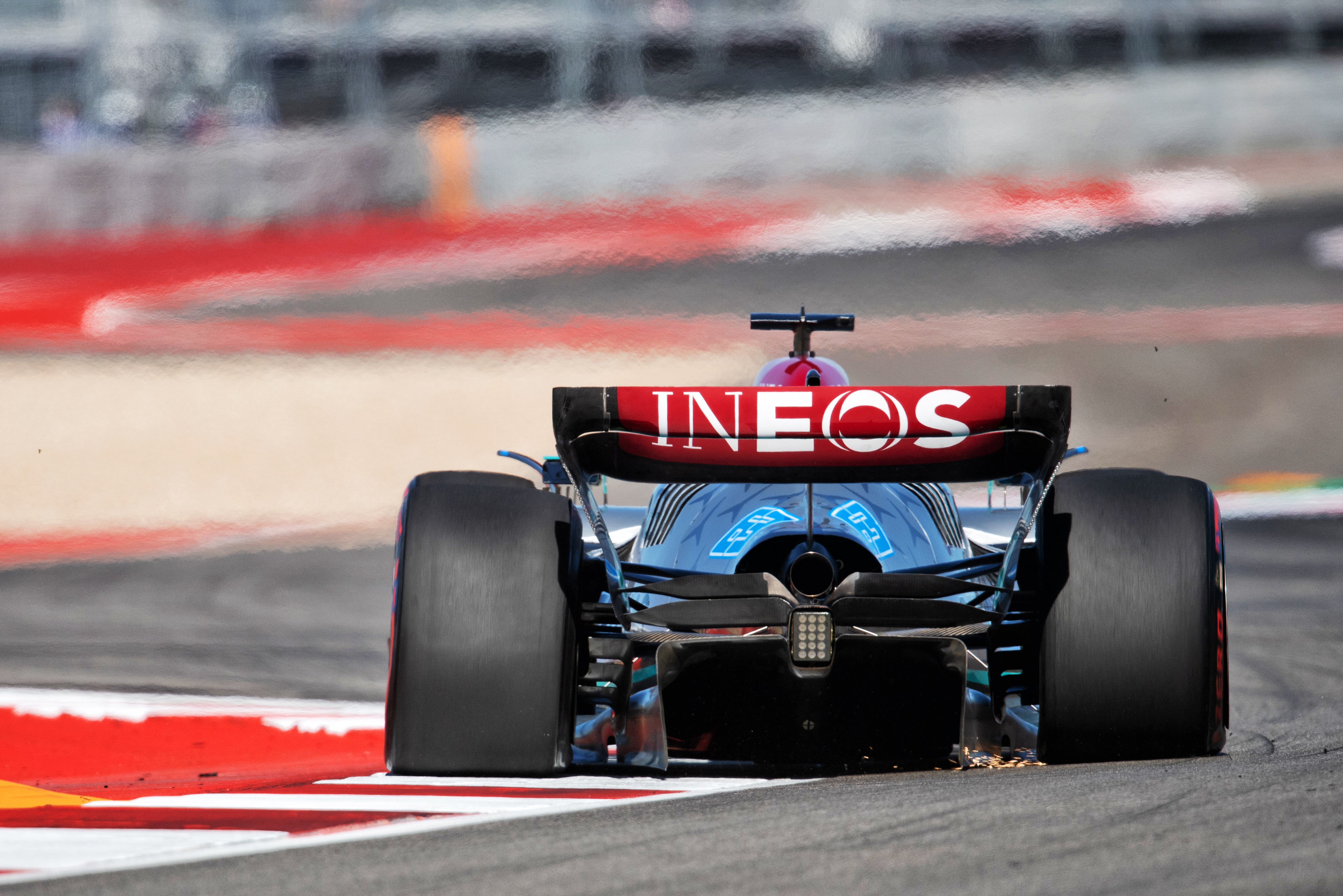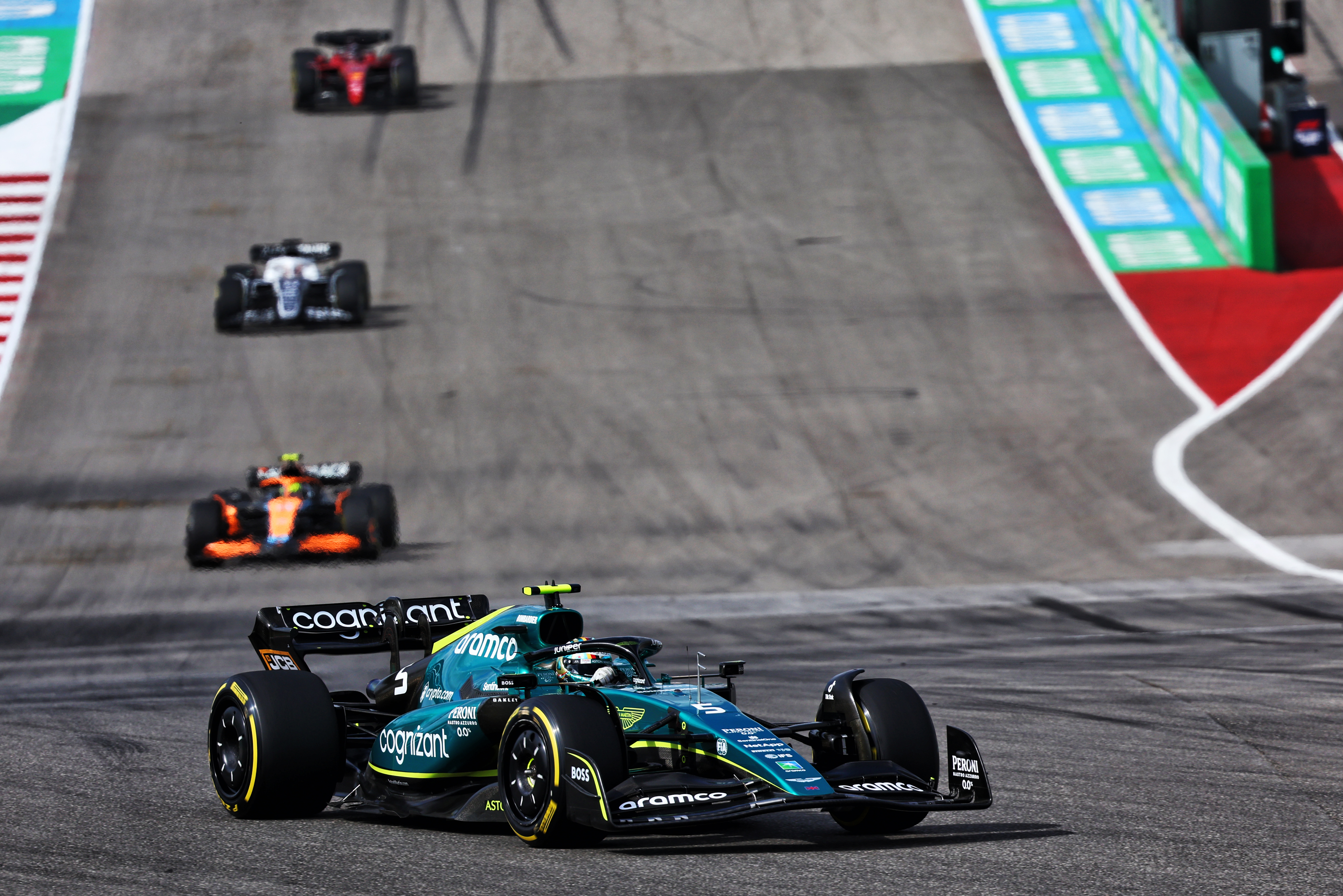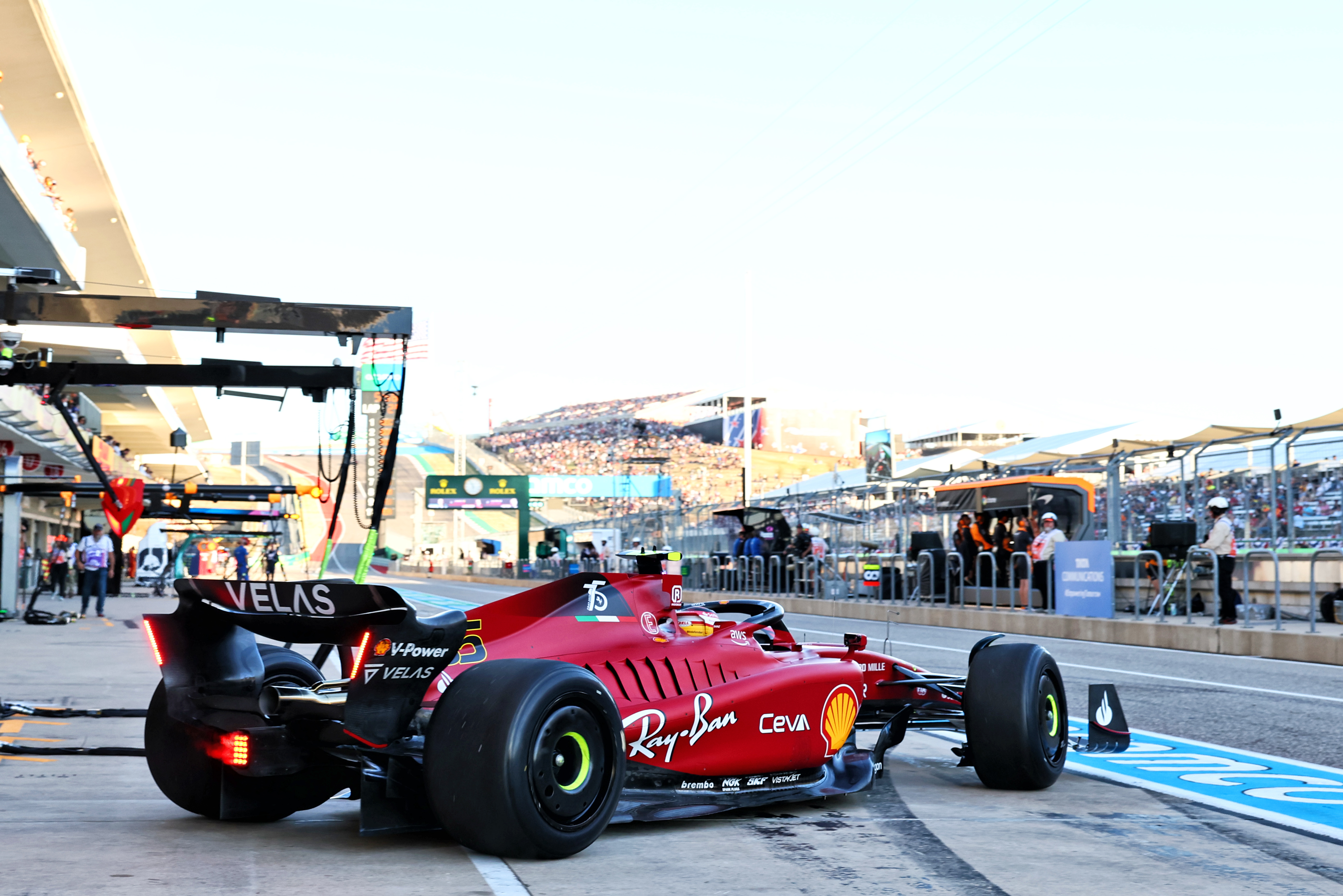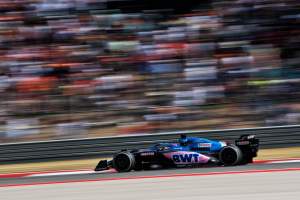Gary Anderson’s take on F1 tyre blanket ban amid driver backlash
Ex-F1 technical director Gary Anderson supports F1’s tyre blanket ban but believes tweaks are needed to improve it amid backlash from drivers.

Formula 1’s tyre blanket ban, which will kick in for 2024, is getting closer – and the driver complaints have started.
After trying the next step towards the ban, the reduction in blanket temperature to 50C, during the tyre test in United States Grand Prix practice last week, drivers including world champion Max Verstappen predicted “a lot of crashes”.
They’re now lobbying for the ban to be called off, and it’s understood the 50C temperature won’t be used in the next tyre test session in Mexican GP practice later today.
But I’m all for the ban and hopefully, we will see cars sliding around for that initial lap while drivers fight to get some temperature into their tyres.
For 2022, the maximum permitted tyre blanket temperature is 70C, which is allowed for up to three hours. Along with that reduction in temperature (from 100C front and 80C rear in 2021), the minimum starting pressures have been increased. In Mexico this weekend they’re 23.5psi front and 20.5psi rear.
But within these parameters, some teams are still struggling to get the tyres working well after one outlap. The Mercedes drivers often comment that they can’t get the tyres working as well as others.

The temperatures are dropping down to 50C maximum for 2023 as another interim step towards the tyre blanket ban. With that, I’m pretty sure we will see another increase in minimum pressures.
In the Bridgestone days, we would have been running something like 20psi at the front and 16psi at the rear. This shows that Pirelli requires them to be a lot higher in order to maintain the integrity of the tyre.
The higher you go, the less grip you have, heating up the tyre is not about surface temperature it’s about core temperature, it’s very difficult to get that core temperature if the tyre is just sliding because of less grip so it becomes more critical for the driver to get the warm up procedure just right.
Back in the old days of the 1970s and 80s before tyre blankets were the norm, we would start out on tyres with exceptionally low pressures – around 14psi at the front and 8psi at the rear.
In those days, there was nothing available to heat the tyres but the sun. We had security bolts to stop the tyres from coming off the rims and even self-tapping screws into the bead to stop them rotating. It wasn’t uncommon for a tyre to rotate on the rim and knock the balance out.
There are a lot more knock-on effects from banning tyre blankets beyond the cost of the blankets themselves. Sometimes you need to look deeper before you take some of these big changes. And just look at how much F1 teams are spending every year and the subsequent environmental costs.
A typical race is 300 kilometres. During practice and qualifying, or if there is a sprint race, that is probably doubled so something like 600km per car per race weekend. With 24 races, that’s a total of 14,400km over a season. If we add to that 1600km kilometres per car in pre-season testing, we get a season total of 16,000km per car, double that and we get 32,000 kilometres per team per season.
Divide that by an average track length of, say, 5km and we get 6400 laps per team per season. With a baseline cost cap of $135,000,000 for next season and beyond, which is basically for car-build components and development spend, divided by 6400 laps that equates to $21,094 per lap.

Divide that by the 5.0 kilometre lap distance and you get $4219 per kilometre. Absurd isn’t it? And with the various other exemptions and inflation breaks the real figure will be even higher.
But that’s the cost of F1 and you still have to add to that the various other exemptions like the factory overhead, the three top earners, the marketing department, catering facilities and, in most cases, the drivers.
But if we simply take that as a cost and round it down to $20,000 per lap, it means Pirelli needs to do a good job with its tyres when it introduces the 2024 tyres that must warm-up without tyre blankets.
Currently, each team has 20 sets of blankets available to use as they see fit, so that’s 10 sets per driver. They won’t necessarily all be switched on at the same time, but that is an overhead that is not required. And that overhead is not only the blanket cost, it is the generators that are pumping out the emissions that we are all trying to minimise to save our planet for our grandchildren and great-grandchildren.
Personally, I would suggest a different solution. Instead of no blankets at all, allow each team to have four sets per car for use on slick tyres only. Control the temperature to a maximum of 50C, which would allow enough tyres in blankets for qualifying and then the race to reduce the cost of that extra tyre warm-up lap.

Not only that, but it would take away a future debate about who was putting the tyres on their cars above the permitted temperature offset set to ambient. These rules have yet to be finalised, but there will have to be some parameters to stop illicit heating up of tyres. Can you imagine the accusations that will float around the paddock when we finally get what will undoubtedly be a complicated set of FIA regulations to cover this.
If you consider that most drivers will leave the pits aiming to do a quick lap as soon as possible at least five times per race weekend, double that with two cars and you end up with a cost of $200,000 per race weekend just to get the tyres working.
It’s been achieved in other formulas so not impossible technically but not in a formula with the financial overhead of Formula 1. Sometimes it’s simply cheaper to spend a little, overall it can be a saving.
I know it’s not as simple as that, but it’s no wonder that the teams are not pleased with the way these changes are being forced on them.




